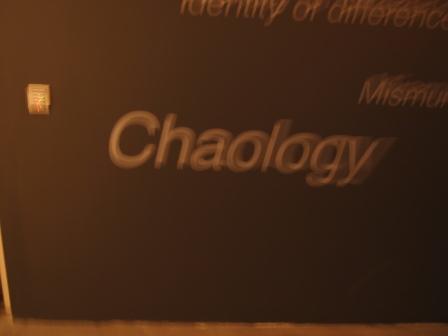 The northern lights failed to create the proper cinematic effect after Sigur Rós’ concert, but the morning-after rain was a perfect visual for the movie version. I tried to write, but it was useless. Such a wide variety of music juxtaposed over such a short time had sparked more new ideas than I could process. My cup had run over so forcefully it toppled off the table and landed upside down on the floor. I had finally achieved the martial artist’s “empty cup,” the beginner’s mind.
The northern lights failed to create the proper cinematic effect after Sigur Rós’ concert, but the morning-after rain was a perfect visual for the movie version. I tried to write, but it was useless. Such a wide variety of music juxtaposed over such a short time had sparked more new ideas than I could process. My cup had run over so forcefully it toppled off the table and landed upside down on the floor. I had finally achieved the martial artist’s “empty cup,” the beginner’s mind.
Plus, everything sounded like Sigur Rós to me. That black metal band? Atmospheric like Sigur Rós. That folk singer? Ethereal and crystalline like Sigur Rós.
Which meant I had nothing to say. On that morning, I couldn’t imagine ever having anything intelligent to say about music. Or anything. Ever again. The images in my head were channelized rivers, stripped screws, blown transformers. Icelandic black sand deserts.
Power of Passage
When they started taking the Airwaves curtains down from the KEX library windows, I abandoned my couch and wandered in the rain. I ended up at another of the Reykjavík Art Museum locations. Upstairs was an exhibit called “The Power of Passage,” in which the artists abandoned control in the creation of their work, allowing the passage of time to alter the outcome.
There were photographs taken in complete darkness – long exposures that revealed the bits of light that couldn’t be blocked out.
Glass bowls and plates revealed intricate abstract patterns left behind when a salt solution evaporated. Three-dimensional paintings resulted from the months-long drying process of homemade chemical solutions. Jóhann Eyfells’ “Cloth Collapsion” was created by submerging a huge folded cloth in water with metal.
 Eventually, parts of the cloth were stained by rust, creating a pattern that the artist couldn’t control or predict.
Eventually, parts of the cloth were stained by rust, creating a pattern that the artist couldn’t control or predict.
Chaology
A video installation by Þór Elís Pálsson used Eyfells’ images and words to visually recreate his philosophy. The message I needed to take home was embodied in Eyfell’s word “Chaology,” helpfully mounted on the wall.
Chaology: The study and appreciation of chaos.
These were all beautiful and engaging works of art that could only have been created when the artist relinquished control and was patient enough to wait and see what would come of their efforts.
In the aftermath of Airwaves, writing about music seemed as impossible as dancing about architecture. But then again, Airwaves did feature a performance of Valgeir Sigurðsson’s ballet score, Architecture of Loss.
Stay Young. Don’t Run. Stay and face the world as it is.






About the author